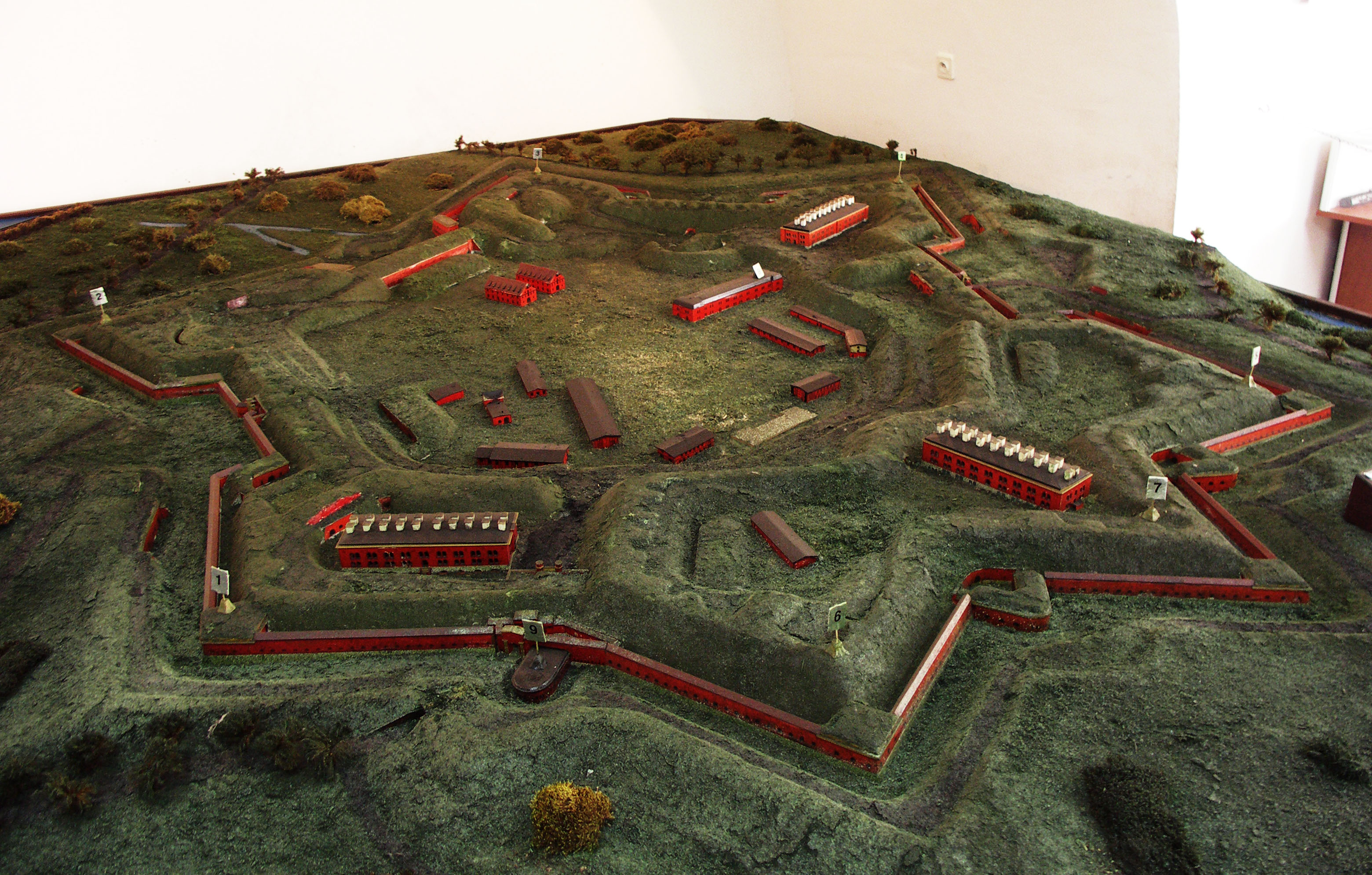Boyen Fortress on:
[Wikipedia]
[Google]
[Amazon]
 Boyen Fortress (german: Feste Boyen, pl, Twierdza Boyen) is a former Prussian fortress located in the western part of
Boyen Fortress (german: Feste Boyen, pl, Twierdza Boyen) is a former Prussian fortress located in the western part of
Official homepage (English version)
Castles in Warmian-Masurian Voivodeship Forts in Poland 1856 establishments in Prussia Buildings and structures completed in 1856 Giżycko County {{Poland-castle-stub
 Boyen Fortress (german: Feste Boyen, pl, Twierdza Boyen) is a former Prussian fortress located in the western part of
Boyen Fortress (german: Feste Boyen, pl, Twierdza Boyen) is a former Prussian fortress located in the western part of Giżycko
Giżycko (former pl, Lec or ''Łuczany''; ; lt, Leičių pilis) is a town in northeastern Poland with 28,597 inhabitants as of December 2021. It is situated between Lake Kisajno and Lake Niegocin in the region of Masuria, and has been within ...
, in Warmian-Masurian Voivodeship
Warmian-Masurian Voivodeship or Warmia-Masuria Province or Warmia-Mazury Province (in pl, Województwo warmińsko-mazurskie, is a voivodeship (province) in northeastern Poland. Its capital and largest city is Olsztyn. The voivodeship has an are ...
, northeastern Poland. It is situated on a narrow isthmus between two large lakes of the Masurian Lake District, Kisajno and Niegocin.
History
The Boyen Fortress, named after Prussian Minister of WarHermann von Boyen
Leopold Hermann Ludwig von Boyen (20 June 1771 – 15 February 1848) was a Prussian army officer who helped to reform the Prussian Army in the early 19th century. He also served as minister of war of Prussia in the period 1810-1813 and later aga ...
, was built between 1844 and 1856 (or 1843 and 1855 according to some sources) by order of King Frederick William IV
Frederick William IV (german: Friedrich Wilhelm IV.; 15 October 17952 January 1861), the eldest son and successor of Frederick William III of Prussia, reigned as King of Prussia from 7 June 1840 to his death on 2 January 1861. Also referred to ...
, with a workforce of about 3,000 soldiers.
During First World War
World War I (28 July 1914 11 November 1918), often abbreviated as WWI, was one of the deadliest global conflicts in history. Belligerents included much of Europe, the Russian Empire, the United States, and the Ottoman Empire, with fightin ...
, the fortress supported the German troops during the nearby Battle of Tannenberg
The Battle of Tannenberg, also known as the Second Battle of Tannenberg, was fought between Russia and Germany between 26 and 30 August 1914, the first month of World War I. The battle resulted in the almost complete destruction of the Russi ...
in the summer of 1914 with its long range artillery, and with its garrison engaged in feint operations. During Second World War
World War II or the Second World War, often abbreviated as WWII or WW2, was a world war that lasted from 1939 to 1945. It involved the vast majority of the world's countries—including all of the great powers—forming two opposin ...
, the fortress was not involved in military operations. It was a site for a field hospital and headquarters of the German military intelligence service ( Fremde Heere Ost) under Reinhard Gehlen
Reinhard Gehlen (3 April 1902 – 8 June 1979) was a German lieutenant-general and intelligence officer. He was chief of the Wehrmacht Foreign Armies East military intelligence service on the eastern front during World War II, spymaster of the ...
in 1942–1945."Wolfsschanze": Hitlers Machtzentrale im Zweiten Weltkrieg by Uwe Neumärker, Robert Conrad, Cord Woywodt, p. 50 It was abandoned by Germans without fight in 1944.
After the war the fortress became administered by the Polish Army
The Land Forces () are the land forces of the Polish Armed Forces. They currently contain some 62,000 active personnel and form many components of the European Union and NATO deployments around the world. Poland's recorded military history stret ...
. In 1975, it was declared a monument and opened as a tourist attraction with a small museum on its grounds.
References
Bibliography
* Jurgen Thorwald: ''Illusion - Soviet soldiers in Hitler's army,'' OWN Warsaw - Kraków in 1994 (orig. Ger. 1974), * Bogdan Vasilenko: ''Mamry and the surrounding area.'' Guide, Kętrzyn in 1996,External links
Official homepage (English version)
Castles in Warmian-Masurian Voivodeship Forts in Poland 1856 establishments in Prussia Buildings and structures completed in 1856 Giżycko County {{Poland-castle-stub